Disclosure: This article contains affiliate links. We may earn a commission from purchases at no extra cost to you, which helps our travel content.
The thunderous roar of the Victoria Nile squeezing through a six-meter gap before plummeting 43 meters into the Devil's Cauldron below isn't something you simply hear—it's something you feel in your chest, reverberating through your entire being. Having covered sporting events in over forty countries during my journalism career, I've witnessed many natural spectacles, but few match the raw power of Murchison Falls. When my conservation biologist colleague invited me to join a research expedition to Uganda's largest national park, I couldn't resist the opportunity to explore this ecological treasure where the East African savannah meets the West African jungle. What began as a professional courtesy evolved into one of the most transformative weeks of my extensive travels—a perfect confluence of adventure, wildlife encounters, and cultural discovery that reminded me why I traded mainstream sports reporting for the stories that exist where human tradition and natural wonder intersect.
Planning Your Murchison Falls Expedition
Murchison Falls National Park demands thoughtful preparation—something I learned when coordinating with my colleague's research team from Wellington. Unlike the carefully scheduled sporting events I once covered, wilderness adventures require flexibility, respect for natural rhythms, and contingency plans.
The park sprawls across nearly 4,000 square kilometers in northwestern Uganda, where the Victoria Nile bisects diverse ecosystems ranging from riparian forests to savannah grasslands. This ecological diversity means packing for multiple environments and activities.
I recommend securing accommodations at least three months in advance, particularly if visiting during the December-February dry season when wildlife viewing is optimal but tourism peaks. My group split our stay between the midrange Pakuba Safari Lodge (offering panoramic views of the Albert Nile) and two nights of more rustic camping at the Red Chilli Rest Camp—a combination that provided both comfort and immersion.
For transportation, we arranged a 4x4 vehicle with an experienced driver-guide through Matoke Tours, which proved invaluable when navigating the park's occasionally challenging terrain. While self-driving is possible, I wouldn't recommend it unless you're experienced with African road conditions and wildlife encounters.
Essential gear includes moisture-wicking clothing (the humidity surprised even this Arizona native), a quality binoculars for wildlife spotting, and comprehensive medical supplies. Uganda uses the British three-pin socket, so pack appropriate adapters for charging camera equipment and devices.
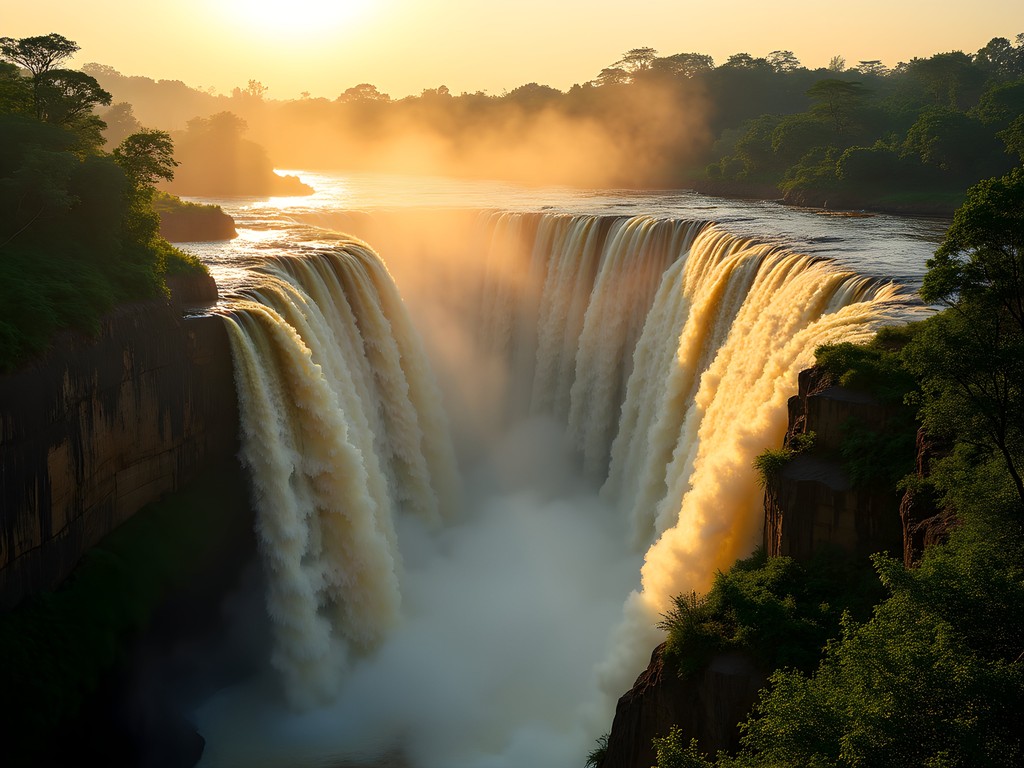
💡 Pro Tips
- Book accommodations at least 3 months in advance for December-February visits
- Arrange a 4x4 vehicle with a knowledgeable driver-guide rather than self-driving
- Pack for both hot savannah days and cool evenings near the water
Conquering the Nile Rapids: A Boating Adventure
The Victoria Nile doesn't surrender its secrets easily. Having documented cricket matches during monsoon seasons in Sri Lanka, I'm no stranger to water's transformative power, but navigating the approach to Murchison Falls offers a different magnitude of respect for nature's force.
Our journey began at the Paraa launch point, where we boarded a sturdy motorboat for the three-hour upstream excursion toward the falls. The initial stretch provides deceptive tranquility—hippo pods lounging in calm waters and Nile crocodiles basking on sandy banks, their prehistoric silhouettes barely distinguishable from weathered logs until a subtle movement reveals their true nature.
As we progressed upstream, the river's character transformed. Our skilled boatman navigated increasingly turbulent waters, the engine straining against strengthening currents. What began as gentle ripples evolved into challenging rapids, each bend revealing more dramatic whitewater. The boat's rhythmic bouncing against the waves created a natural percussion accompanying the crescendo of the approaching falls.
While many visitors take the standard launch trip, I recommend negotiating for an extended excursion that allows time to disembark at the base of the falls (water levels permitting). The short hike to the viewing point places you close enough to feel the spray on your face—a perspective that photographs simply cannot capture.
I was grateful for my waterproof backpack which kept my camera equipment dry despite the constant mist. Our guide explained that local fishermen once knew precarious spots where they could catch fish disoriented by the turbulence—a dangerous practice now prohibited but illustrating the deep connection between the falls and local subsistence traditions.
The return journey downstream provides a completely different experience as the boat glides with the current, allowing more focus on wildlife spotting along the banks. This is when I captured some of my most memorable photographs of elephants coming to drink at the river's edge, their massive frames silhouetted against the golden afternoon light.
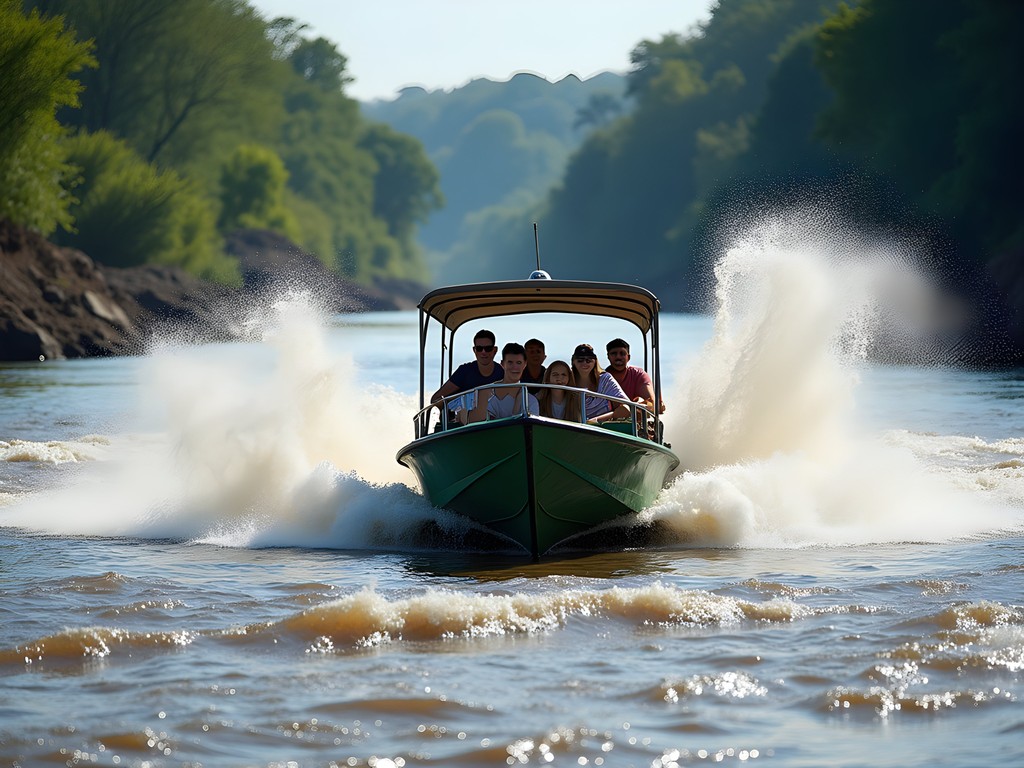
💡 Pro Tips
- Book the earliest morning boat departure (around 7am) for the best wildlife viewing opportunities
- Bring a waterproof cover for cameras and binoculars to protect from spray near the falls
- Request the extended trip option that includes time at the base of the falls
Wildlife Treks: Beyond the Big Five
While my journalistic career focused on human sporting achievements, Murchison Falls National Park quickly reminded me that the animal kingdom offers equally compelling narratives of adaptation and survival. The park hosts over 76 mammal species and 450 bird varieties across its diverse landscapes.
Our wildlife exploration began with early morning game drives across the northern bank's savannah. Setting out before dawn, we witnessed the landscape transform as the rising sun painted the grasslands in amber hues. Unlike the structured timelines of sporting events, wildlife viewing requires patience and a willingness to embrace uncertainty—qualities I've cultivated through years of waiting for that perfect action shot from the sidelines.
The park delivers impressive populations of elephants, buffaloes, and giraffes, but it was the Rothschild's giraffes that captured my attention. Endemic to this region and critically endangered, their distinctive pattern and conservation story resonated with my interest in preservation narratives. Our guide, Joseph, explained their cultural significance to local communities while pointing out subtle behavioral patterns I would have otherwise missed.
For those seeking predator sightings, the Buligi Peninsula offers the highest concentration of lions in the park. We spent a memorable morning observing a pride lounging in the branches of a massive fig tree, having adapted this behavior to catch cooling breezes above the savannah heat—a regional specialization I hadn't encountered in other African parks.
While game drives provide breadth of coverage, I found the guided walking safaris in the Rabongo Forest offered deeper connection with the ecosystem. These must be arranged with Uganda Wildlife Authority rangers and require moderate fitness. The three-hour trek revealed a different dimension of the park—from medicinal plants used by local communities to tracking forest elephants through dense undergrowth.
My hiking boots proved essential during these walks, providing ankle support on uneven terrain while remaining comfortable in the heat. For serious wildlife photographers, I recommend bringing a monopod rather than a full tripod—it offers stability without impeding mobility when tracking animals through varied landscapes.
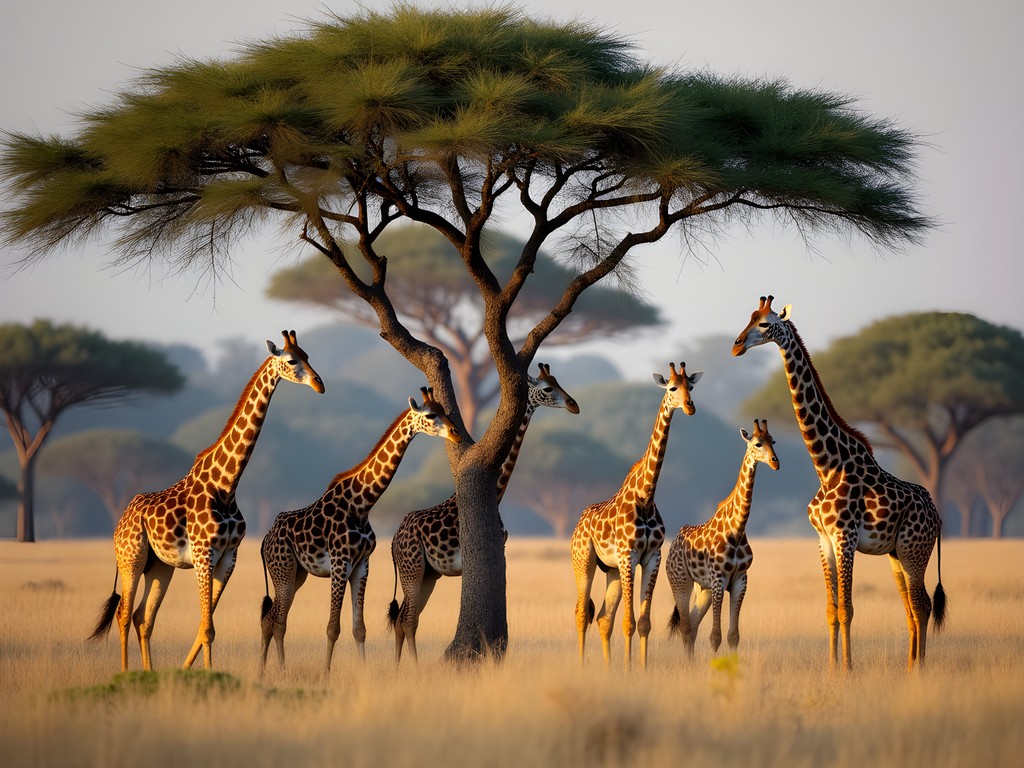
💡 Pro Tips
- Request Joseph as your guide if possible—his 25 years of experience make for unparalleled wildlife spotting
- Book walking safaris at least one day in advance through your accommodation
- Visit the Buligi Peninsula specifically for lion sightings, especially during early morning hours
Top of the Falls Hike: The Ultimate Vantage Point
Having witnessed sporting contests from every conceivable angle during my journalism career, I've developed an appreciation for perspective—how positioning transforms understanding. No experience at Murchison Falls better exemplifies this than the hike to the Top of the Falls viewpoint.
The trail begins at the southern bank parking area, accessible via ferry from the main park headquarters at Paraa. While many visitors limit themselves to the boat ride viewing the falls from below, this moderately challenging 45-minute hike delivers a completely different experience that shouldn't be missed.
The path winds through riverine forest before climbing steadily alongside the gorge. The transformation is gradual—the distant rumble becomes a thunderous roar as you approach the narrowest point of the Nile's journey. Unlike New Zealand's carefully maintained conservation trails that I've grown accustomed to, this path has a wilder quality, with sections requiring careful footing on slippery rocks.
At the summit viewpoint, you stand mere meters from where the entire Nile River—the world's longest—forces itself through a gap barely six meters wide. The violence of this hydraulic compression creates a perpetual rainbow in the mist, while the ground beneath your feet vibrates with the force. It's a humbling reminder of nature's raw power.
For photographers, this location presents both opportunities and challenges. The constant spray necessitates protective gear, but the interplay of light through the mist creates exceptional conditions. I relied on my camera rain cover to protect my equipment while capturing long-exposure shots that conveyed the water's movement.
The hike's final reward comes at Baker's Point—a historical marker commemorating explorer Samuel Baker who named the falls in 1864. This slightly higher vantage provides a panoramic view encompassing both the compression point and the downstream cascade, contextualizing the falls within the broader landscape.
While most visitors allocate only an hour for this experience, I recommend scheduling at least three hours to fully appreciate the various viewpoints, experiment with photography in changing light conditions, and simply absorb the sensory experience of standing beside such a magnificent natural phenomenon.

💡 Pro Tips
- Wear shoes with good grip as the path becomes slippery near the falls due to constant mist
- Bring a small microfiber towel to periodically dry camera equipment
- Visit in late afternoon when the light creates the most vibrant rainbows in the mist
Cultural Encounters: Connecting with Local Communities
Throughout my career documenting sporting traditions worldwide, I've found that physical activities often serve as windows into deeper cultural narratives. This perspective proved invaluable when exploring the communities surrounding Murchison Falls National Park.
The park borders several distinct ethnic groups, including the Acholi and Alur peoples, each with unique relationships to the landscape and wildlife. Rather than treating cultural visits as tourist afterthoughts, I dedicated a full day to community engagement through the Boomu Women's Group near Kichumbanyobo Gate.
This cooperative of women from Kihaguzi and Kigaragara villages offers authentic cultural experiences that directly benefit local families. Unlike performative cultural shows I've encountered elsewhere, their program emphasizes participatory learning. I joined a traditional cooking workshop where we prepared malakwang (a local vegetable dish) and kwen (millet bread) using methods passed through generations.
What particularly fascinated me was learning about how the falls and surrounding ecosystems feature in local mythology and subsistence practices. Our host, Grace, explained how seasonal changes in the river's flow traditionally signaled when certain fishing or planting activities should begin—indigenous knowledge systems that developed long before scientific weather forecasting.
The afternoon included a demonstration of traditional games that revealed striking parallels to sports I've documented globally. A stone-passing game requiring rhythmic coordination reminded me of similar activities I'd seen in New Zealand's Māori communities, highlighting how play often evolves similarly across unconnected cultures.
For visitors interested in responsible cultural engagement, I recommend bringing a portable photo printer to share images with community members who may have limited access to photography. This simple gesture created meaningful connections and allowed families to keep images of shared experiences that would otherwise exist only in a tourist's collection.
The cooperative also offers handcraft workshops where visitors learn basket weaving or beadwork. The items created make meaningful souvenirs with direct economic impact, particularly compared to mass-produced alternatives found in urban centers. My woven grass bracelet now hangs in my Wellington office—a daily reminder of connections formed across continents.
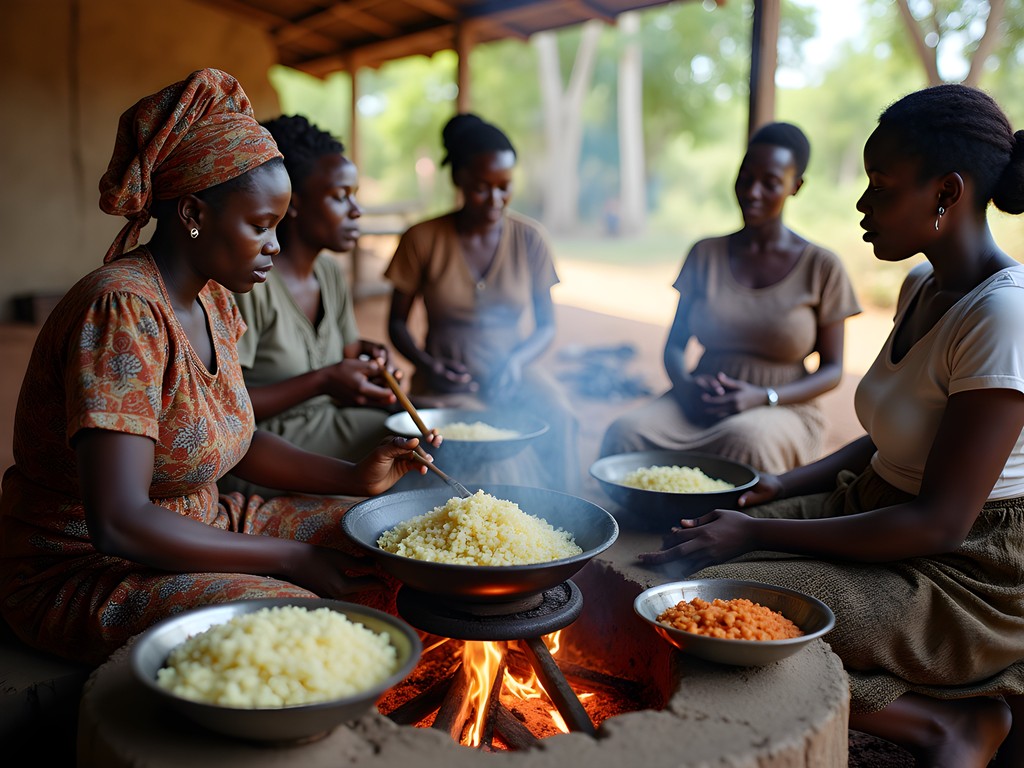
💡 Pro Tips
- Book community visits directly through your accommodation to ensure fair compensation reaches the community
- Learn basic greetings in Acholi or Alur language as a sign of respect
- Ask permission before photographing individuals and offer to share images when possible
Conservation Challenges: The Future of Murchison Falls
My transition from sports journalism to cultural travel writing was largely inspired by recognizing how environmental contexts shape human traditions. Nowhere was this connection more evident than at Murchison Falls, where conservation challenges threaten both ecological and cultural heritage.
The park has demonstrated remarkable resilience. Wildlife populations have rebounded significantly from the devastating poaching during Uganda's political instability in the 1970s and 1980s. Elephant numbers, once reduced to fewer than 200, now exceed 1,300. This recovery represents one of Africa's most successful conservation narratives—a testament to effective protection and community engagement.
However, new challenges have emerged. During my visit, I interviewed Dr. Patrick Agaba, a wildlife veterinarian monitoring the impacts of oil exploration within the park boundaries. While Uganda Wildlife Authority has implemented strict environmental impact assessments, the long-term consequences of petroleum development remain concerning.
Equally troubling are proposals for hydroelectric development that would fundamentally alter the falls. In 2019, plans were announced to construct a 360MW power plant that would divert water around the falls—essentially destroying the natural phenomenon that defines the region. Though temporarily shelved following public outcry, similar proposals continue to surface as Uganda seeks to address electricity shortages.
These development pressures highlight the complex balance between conservation and economic progress. Local communities I spoke with expressed mixed perspectives—many value the park's ecological integrity but also desire improved infrastructure and employment opportunities.
Visitors can support conservation efforts through responsible tourism choices. I recommend staying at lodges with demonstrated environmental commitments, such as Paraa Safari Lodge, which implements comprehensive waste management systems and employs predominantly local staff. Additionally, the binoculars I use for wildlife viewing are manufactured by a company that contributes to conservation organizations—an example of how even equipment choices can align with environmental values.
For those wanting deeper engagement with conservation efforts, the Uganda Conservation Foundation offers behind-the-scenes tours of anti-poaching initiatives and community-based natural resource management programs. These provide insight into the practical challenges of protecting this ecological treasure while supporting sustainable development for surrounding communities.
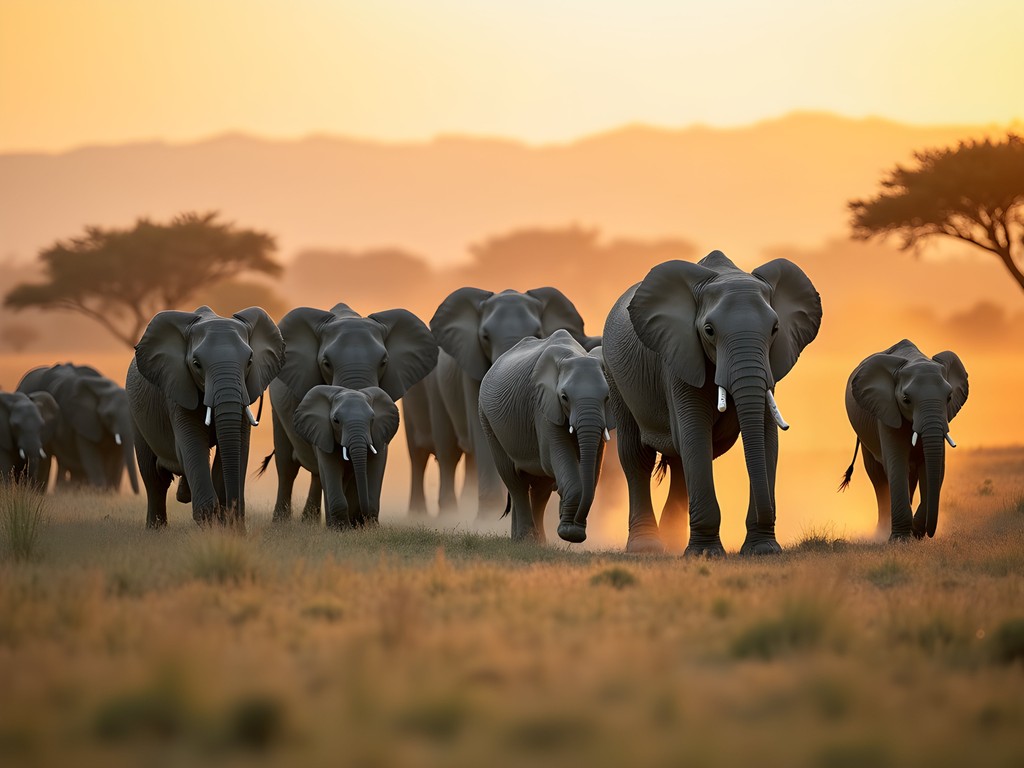
💡 Pro Tips
- Research accommodation options based on their environmental policies and community involvement
- Consider adding a conservation-focused tour to your itinerary to understand protection efforts
- Purchase park permits and souvenirs through official channels to ensure funds support conservation
Final Thoughts
As our boat pulled away from Paraa Landing on my final morning at Murchison Falls, I found myself reflecting on how this place embodies the delicate balance between preservation and progress. Like many great sporting contests I've covered, the story here isn't about a single moment but rather the ongoing narrative of resilience, adaptation, and respect for natural forces beyond our control. Whether you're standing at the Top of the Falls viewpoint feeling the earth tremble beneath your feet, tracking lions through golden savannah grass, or learning traditional fishing methods from Alur elders, Murchison Falls offers experiences that transcend typical tourism. The park's future remains uncertain as development pressures mount, making now perhaps the most important time to witness this remarkable confluence of cultural and natural heritage. As my conservation biologist colleague often reminds me, we protect what we value, and we value what we know. I invite you to know Murchison Falls—to let its thunderous voice and wild spirit become part of your own story.
✨ Key Takeaways
- Murchison Falls offers a rare combination of dramatic landscapes, exceptional wildlife viewing, and meaningful cultural experiences
- Early booking is essential for quality accommodations and specialized experiences like walking safaris
- Supporting community-based tourism initiatives provides more authentic cultural exchanges while directly benefiting local residents
- Conservation challenges including oil exploration and hydroelectric development make visiting now particularly meaningful
📋 Practical Information
Best Time to Visit
December through February (dry season) for optimal wildlife viewing; June through August for fewer crowds
Budget Estimate
$1,200-1,800 per person for a 7-day trip including accommodations, park fees, guided activities, and transportation
Recommended Duration
5-7 days minimum to experience the diverse ecosystems and activities
Difficulty Level
Moderate To Challenging Due To Rough Roads, Basic Facilities In Some Areas, And Physically Demanding Activities
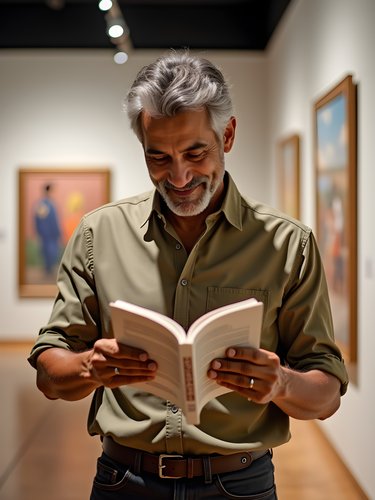


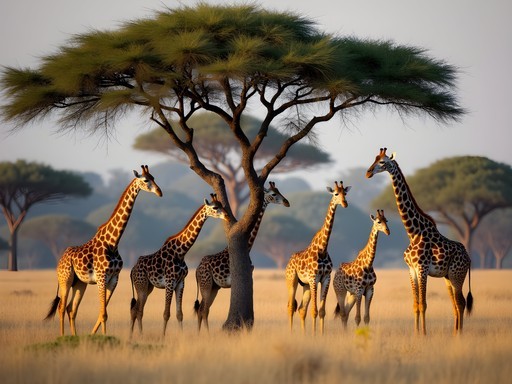
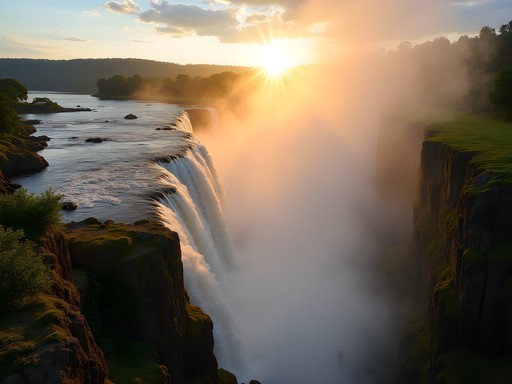
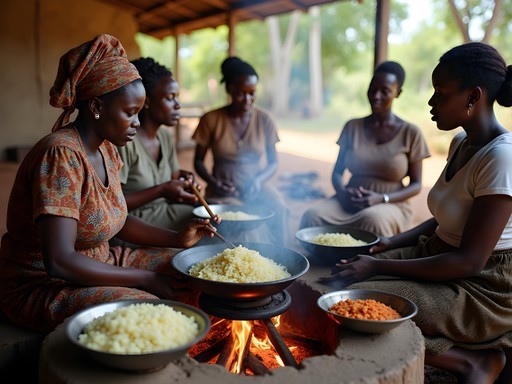
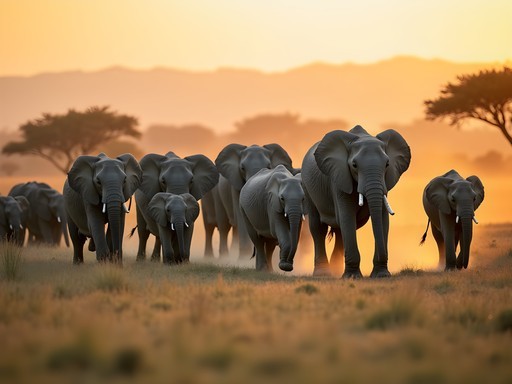


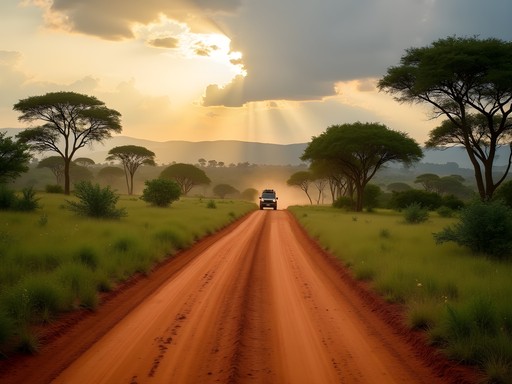







Comments
travelace
How's the road access to Murchison Falls these days? Last time I was in Uganda (2018), it was quite bumpy getting there. Also, any recommendations on which side of the river is better to stay on?
Amit Sullivan
The main road from Kampala has improved significantly since 2018! Still some bumpy sections but much better overall. As for accommodation, the north bank has more luxury options (Paraa Safari Lodge, Chobe Safari Lodge) while the south bank has more budget-friendly places. North bank is better for game drives, south bank is closer to the falls hike. I personally prefer north bank for the overall experience!
Hunter Thompson
Absolutely brilliant guide, mate! Did the Murchison Falls trip as part of a longer Uganda backpacking adventure and it was the highlight by FAR! For anyone planning a visit - the boat safari is unmissable, but don't skip the game drives either. We saw lions lounging in trees and massive herds of giraffes. Quick tip: the UWA (Uganda Wildlife Authority) guides know their stuff, but if you bring a decent pair of binoculars, you'll spot so much more wildlife that others miss. Also, if you're on a budget like I was, the Red Chilli Rest Camp has affordable bandas and a great atmosphere to meet other travelers. Cheers for bringing back epic memories!
islanddiver
How difficult is the hike to the top of the falls? Is it suitable for someone with moderate fitness but bad knees?
Amit Sullivan
Great question! The hike isn't particularly long (about 45 minutes) but it is steep in places with some uneven terrain. There are handrails for the trickier sections. If your knees are a serious concern, you might want to stick with the boat view from below, which is still spectacular. Alternatively, speak to the guides - they're great at adjusting the pace for different abilities.
islanddiver
Thanks so much, that's really helpful! Maybe I'll try the boat view first and see how I feel about the hike after.
Fatima Sims
Amit, your post brought back such vivid memories! I visited Murchison Falls last year during the wet season, and the sheer volume of water was staggering. The boat safari exceeded all expectations - we spotted over 60 hippos, countless crocs, and even a leopard drinking at the shore! One tip for anyone planning to do the Top of the Falls hike: start EARLY. The humidity builds quickly, and you'll want proper hiking boots for those slippery sections. I tracked the whole adventure with my GPS watch which was perfect for logging the trail and wildlife sightings. The local guides were incredibly knowledgeable about both the wildlife and the area's conservation challenges. Can't wait to return!
wanderlustvibes
OMG this is EXACTLY what I needed!! Going to Uganda next month and adding Murchison Falls to my itinerary RIGHT NOW!! Those wildlife photos are INCREDIBLE!!
journeynomad
You won't regret it. Make sure to do the boat safari at dawn - best wildlife viewing.
wanderlustvibes
Thanks for the tip! How many days would you recommend staying?
journeynomad
Minimum 3 days. One for falls hike, one for boat safari, one for game drive.
journeynomad
Those Nile rapids look intense! Great photos capturing the power of the falls.
Hunter Thompson
Right?! I was there last year and the sound alone is mind-blowing. You literally feel it in your chest!
TravelWithKids
That Top of the Falls hike looks incredible! Adding to my bucket list.
SafariDreamer
Just got back from Murchison last week! Definitely book the boat safari in advance - we almost missed out because they were fully booked. And don't forget a good pair of binoculars! I used my compact binoculars and they were perfect for spotting birds and distant wildlife.
UgandaLover
How were the mosquitoes? Wondering how much repellent to pack!
SafariDreamer
Pretty bad in the evenings! Bring the strong stuff and long sleeves for sunset.
tripqueen
Going in October - is that a good time for wildlife viewing?
Amit Sullivan
October is actually a great time! It's just after the dry season so animals gather around water sources, making them easier to spot. The vegetation isn't too thick yet either. You'll love it!
redperson
We just got back and I'm still processing how amazing it was! The boat tour was definitely the highlight - we saw so many hippos I lost count, plus crocodiles, elephants, and even a rare shoebill stork! One thing I wish I'd known: the hike to the top of the falls is pretty steep in parts. I'm not in great shape and struggled a bit, so maybe do some hill training before you go. Also, we stayed at Pakuba Safari Lodge and while the location was amazing for wildlife (warthogs wandering through the property!), the food was just okay. Next time I'd bring some snacks. Has anyone done the Ziwa Rhino Sanctuary on the way? We skipped it but now I'm wondering if that was a mistake.
Venture X
Premium card with 2X miles, $300 travel credit, Priority Pass